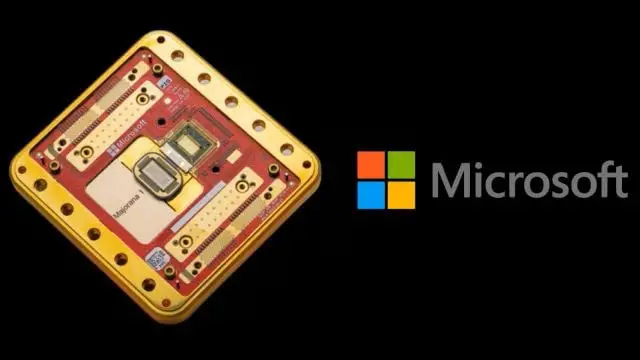Artificial intelligence just took another big leap! Anthropic, one of the top AI research companies, has released Claude 3.7 Sonnet, a model that is shaking up the industry with its hybrid reasoning capabilities. With this update, Anthropic claims to have created an AI that balances speed and deep analytical thinking, making it a serious competitor to OpenAI’s latest offerings.
But what makes Claude 3.7 Sonnet special? How does it compare to other models? And why are developers and AI enthusiasts so excited about it? Let’s break it all down!
What is Claude 3.7 Sonnet?
Claude 3.7 Sonnet is the latest AI model from Anthropic, available on Free, Pro, Team, and Enterprise plans. It’s also accessible via Anthropic’s API, Amazon Bedrock, and Google Cloud Vertex AI.
The standout feature? Hybrid reasoning. This means users can choose between:
Quick, near-instant responses (for casual queries)
Deep, extended reasoning (for complex tasks)
This flexibility makes it ideal for professionals in coding, content creation, and technical problem-solving.
Claude 3.7 Sonnet vs. Other AI Models
AI is a competitive space, and Claude 3.7 Sonnet is proving its worth against models like OpenAI’s GPT-4-turbo, O1, O3-mini, and DeepSeek R1.
Key Performance Highlights:
- Best-in-class for real-world coding
- Outperformed competitors in AI agent benchmarks
- Reduces unnecessary refusals by 45%
- Stronger security against prompt injection attacks
Developers using Claude Coder (a coding assistant launched alongside Claude 3.7) report that it cuts down coding time by over 45 minutes on complex tasks!
Why Developers Are Excited About Claude 3.7 Sonnet
Anthropic has optimized Claude 3.7 for real-world software development. Unlike some models that struggle outside of academic benchmarks, this AI shines in front-end web development, full-stack coding, and tool integration.
Key Features for Developers:
“Thinking Budget” for extended reasoning – Users can set a token limit (up to 128K) to balance speed and depth.
Better problem-solving for real-world software issues – Achieved state-of-the-art scores on SWE-bench Verified.
Claude Code for automated coding tasks – Works seamlessly with GitHub, editing, testing, and committing code.
This means developers don’t just get a chatbot—they get an AI that collaborates like a real teammate.
A Fun Experiment: Claude 3.7 Sonnet Playing Pokémon Red
To showcase its long-term planning skills, Anthropic tested Claude 3.7 by letting it play Pokémon Red (the classic Game Boy game).
Using:
– Basic memory
– Screen pixel input
– Function calls to press buttons
The AI was able to sustain tens of thousands of interactions and even defeat three Gym Leaders to earn Badges!
This shows that Claude 3.7 Sonnet isn’t just about answering questions—it can plan, adapt, and improve its strategy over time.
How Does It Compare in the AI Space?
Claude 3.7 Sonnet vs GPT-4 Turbo
- Claude 3.7: More adaptive reasoning, cheaper pricing, and better for real-world coding.
- GPT-4 Turbo: More general-purpose, but can be costlier for API use.
Claude 3.7 Sonnet vs DeepSeek R1
- Claude 3.7 Sonnet: More refined for development workflows, stronger in structured reasoning.
- DeepSeek R1: Focused more on math and competition-style tasks.
Claude 3.7 Sonnet vs OpenAI’s O3-mini & O1
- Claude 3.7 Sonnet consistently beats OpenAI’s mini models in real-world coding and problem-solving.
Final Verdict: Is Claude 3.7 the Future of AI?
With its hybrid reasoning, advanced coding tools, and security improvements, Claude 3.7 is one of the strongest AI models available today.
🔹 For developers? A game-changer.
🔹 For casual users? A flexible and reliable assistant.
🔹 For businesses? A cost-effective AI powerhouse.
If Anthropic continues at this pace, the Claude AI series could become the top choice for coding, content, and professional AI workflows.
So, is Claude 3.7 the future of AI? It’s definitely on the right path!




